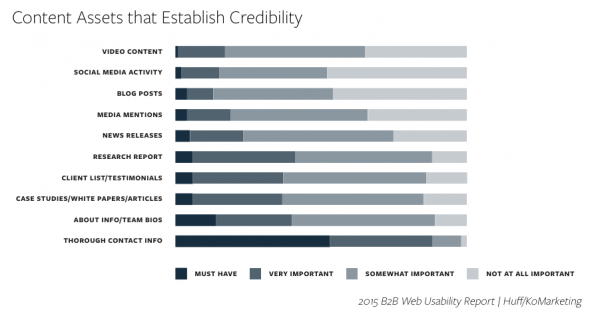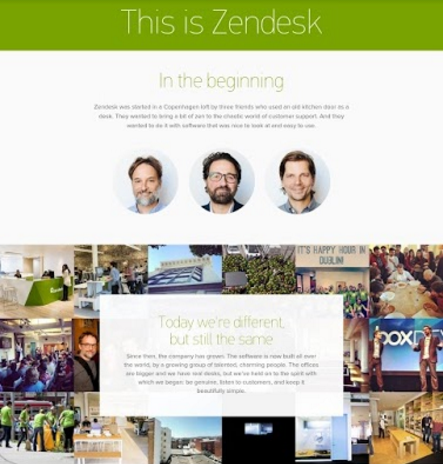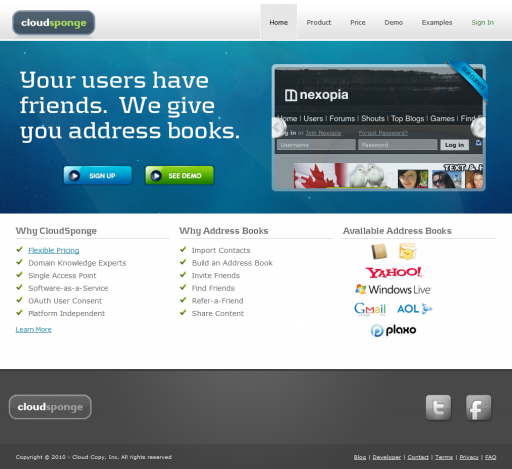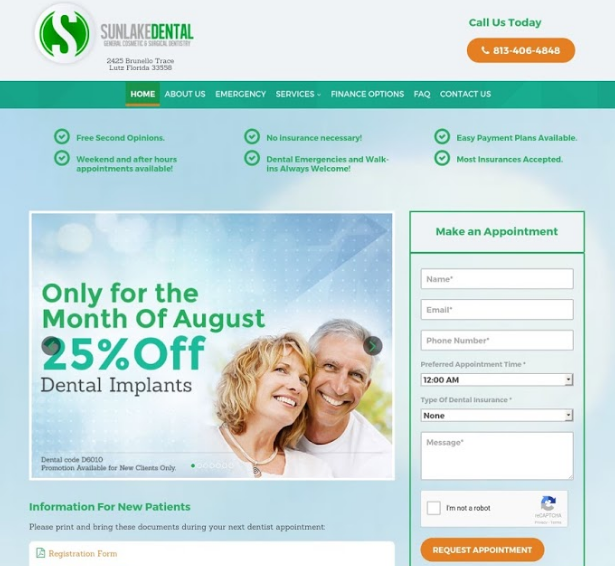[display-name-category]
[post_author]
Are you committed to developing your website into an effective customer acquisition tool?
Then it’s important to note early on that your efforts will only be successful if trust exists between your virtual presence and the potential customer.
For this reason, it’s important that any website that engages with potential consumers on your behalf seeks to:
- Establish trust
- Enhance credibility
- Inspire confidence
Trust Is Infinitely More Difficult to Create Than It Is to Destroy
It’s important not only to focus on incorporating elements that build trust into your website but also to concentrate on minimizing or rectifying elements that erode it and make it less likely that a potential customer will complete a transaction.
With that in mind, I’d like to highlight five common website mistakes which are conversion killers; they undermine the trust you’ve worked so hard to build and have an adverse effect on your business credibility.
1) Not Demonstrating to Potential Customers That You're a Real Business
Modern website builders and commercially available website designs make it easier than ever to set up an attractive, professional, legitimate-looking website, making it difficult for users to tell real businesses apart from ecommerce sites, or those created by scammers.
For this reason, if you’re a legitimate business, it’s important to demonstrate this to your potential customers in order to make them feel safe doing business with you.
So, How Does One Establish Credibility and Demonstrate That You’re a Real Business?
By including information that humanizes your business. Users still want to know that they’re dealing with a company run by real people that they know, like, and most of all, trust. For example:
- Employee bio’s
- Your company history
- Your address
- Photos of your employees and/or offices
- Any other info which helps show that you are a genuine business run by real people.
A 2015 B2B Web Usability Report by Huff Industrial Marketing and KoMarketing looked deeper into the importance buyers place on credibility and trust and produced some very interesting, although, unsurprising results.
Respondents indicated that research reports (42%), about info/team bios (40%), client lists/testimonials (38%), and case studies/white papers/articles (37%) were either “must-have” or “very important” with regard to establishing a vendor’s credibility.

A great example of how to humanize your business can be seen on the ZenDesk About Page. The page does a fantastic job of engaging users with great design, a humorous writing style, and tons of trust and credibility building information about the company.

2) Not Paying Attention to Aesthetics and Usability
A study of over 5,500 people conducted by the Stanford Web Credibility Project found that “visual design” was considered the single most important factor when assessing a website’s credibility.
This study highlights the fact that no matter how good your product or service is if your presentation is poor, you’re more than likely going to struggle to build enough trust with prospects so they feel comfortable completing a transaction.
So, if your website still looks like it was designed in the ’90s and features a span of mismatched design elements and poor color palette, it’s time for an update. One conversion optimization study from Neil Patel shows how CloudSponge refreshed outdated website design and increased conversions by 33%.
This is the old, outdated design:

This is the redesign that saw conversions increase by 33%. I believe that there’s still room for improvement through the inclusion of more trust-building content, but show me anyone who wouldn’t appreciate a 33% increase in conversions!

3) Showing Inconsistency In The Blog
Many businesses start blogs with good intentions but lose steam. While this may not seem like a big deal, it diminishes credibility because of the perception it creates amongst users.
They may be misled into thinking that the business has ceased operations, or that they don’t follow-through on their commitments. A cornerstone of credibility is consistency and a sporadic posting schedule undermines that.
A proven strategy is to use a blogging schedule to plan and produce your content ahead of time to ensure that content publishing takes place regularly and on time.
If your company blog has run out of gas but features useful content, a great tip is to remove the dates from your blog posts (provided the content is evergreen). If you don’t have the resources to commit to regular blogging you might be better off investing your time and money in alternative traffic-generation strategies.
4) Not Offering Customer Support by Real People
While it’s great to have an up to date website with tons of useful information that establishes your company as credible and trustworthy, failing to make it easy for users to get in touch with a real person is another sure-fire credibility killer.
If someone is unable to figure out how to easily make contact with your company, they may get the wrong impression of it. Scammers are well known for this, they build credible-looking sites, but have no intention of offering support, so contact details are purposefully made difficult to find (if they exist at all).
Make it easy for your prospects to get in touch using the method which works for them by offering your phone number, email address, and physical address.
The Sunlake Dental home page features the important contact information right at the top of the page, users can easily find the address and contact number, and have the ability to schedule an appointment without having to dive deeper into the site to find the information they need.

5) Overselling Your Position in the Marketplace
Thanks to a phenomenon known as the ironic process theory – there’s a fine line that exists between building your credibility online and coming across as being completely fake. Try too hard to convince your website visitors that your company is legitimate, credible, and that you won’t scam them, and you run the risk of alienating them.
This is the most difficult credibility issue to resolve because there’s no solid line that exists between getting it just right and trying too hard.
B.J. Fogg, director of Stanford’s Persuasive Technology Lab and a leading expert on web credibility, suggests a more moderate approach which is most likely to succeed:
“To increase the credibility impact of a website, find what elements your target audience interprets most favorably and make those elements most prominent.”
That said, the best approach to determining which elements to place focus on should not be based on assumption, but rather on solid data obtained from website analytics and A/B testing.
Be sure to test new elements one-at-a-time and track the results to determine whether it’s testimonials, industry affiliations, guarantees, or a professional website design that establishes your credibility and builds trust with users.
Build Trust and Your Conversion Rates Will Thank You
If you want to extract the maximum ROI from your company website and marketing campaigns avoiding these common credibility killers.
Companies who are transparent, trustworthy and perceived as authorities in their respective marketplaces will almost always win more business than those who do not (All other things being equal).






